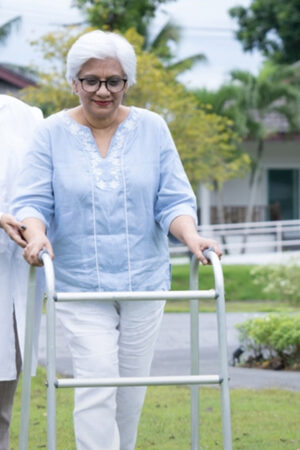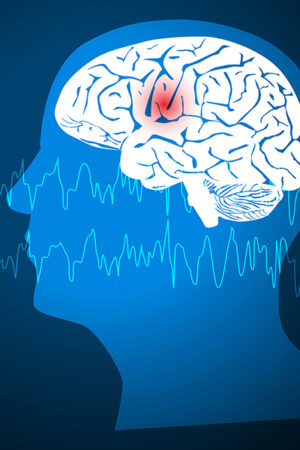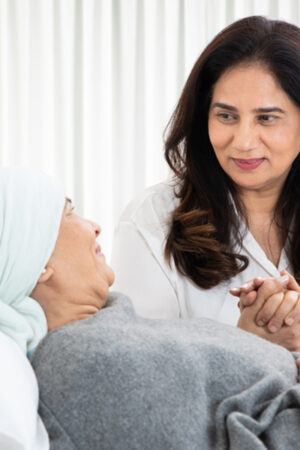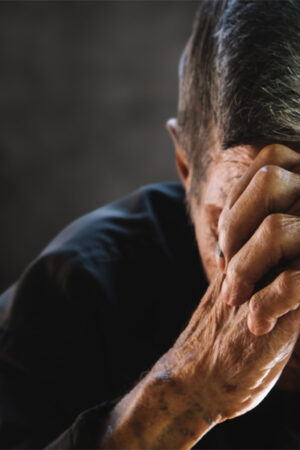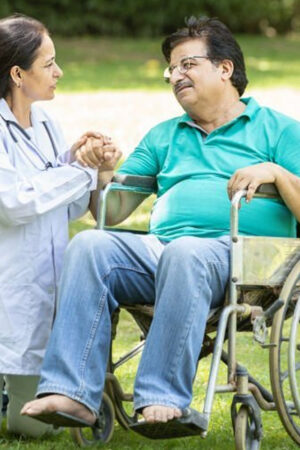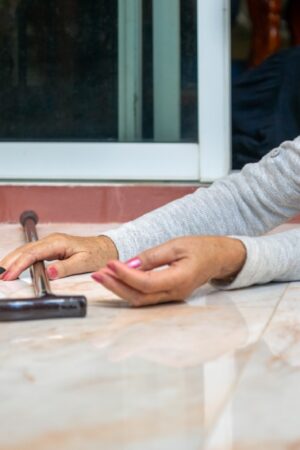Home is a place where a person should feel the most comfortable! Abodes that are ergonomically designed ensure the comfort living of its residents with increased safety and security.
Ergonomics and aesthetics are the two major components of any design. When a house or a building meets these two parameters, the other aspects such as accessibility and safety just follow behind. And, the residents will have too little or no space for any complaints.
But in hindsight, most of the houses, even though they are ergonomically well designed, they are constructed keeping the needs of a young person in mind. With reducing physical strength and increasing needs for comfort and safety, seniors do not feel these places as their ‘home’.
Also, these places cause discomfort, compromised safety which may eventually lead to falls that could result in unwanted consequences.
Most of the western countries already have predefined architectural guidelines for the safety of their seniors while calling this ‘Aging in Place,’ this concept is yet to shine on the Indian shores.
Ageing in Place
For most seniors it would be an alien term. Before any speculations, here is the definition of the Aging in Place concept –
“A person living in the house of his or her choice without facing any kind of difficulty or discomfort in their daily living activities, irrespective of aging”
Unfortunately, there are very few design and architectural firms in India that can perform this kind of house renovation services for seniors. This, indeed, is still a void for people who want age in a safe and secured place that complies with their physical and mental needs.
Luckily, this void is being fulfilled by few of the advanced assisted living facilities in Chennai in particular, which have been constructed leveraging the world-class Aging in Place guidelines.
Designing a Place Meant for Seniors – Ergonomically and Aesthetically
It is always the simple changes that make a significant impact in life. The same applies to the aging population and their homes. You are about to learn the kind of changes that seniors need for their residences to have a seamless aging experience.
These are the same facilities and amenities that you would also witness in the modern senior living homes and advanced assisted living facilities. Continue reading to be in the known about the home health safety tips for seniors.
- Floors – The changes for safe senior living homes start with floors. As per the Aging in Place guidelines, soft materials such as rubber, cork and linoleum need to be used for flooring. These materials are known for their grip and could resist falls significantly
- Wall Support – All the walking and sitting spaces in a house need to be supported by a grab rail or a handrail. Starting from the common areas such as staircases, Bathrooms and Kitchen, grab rails come in ‘handy’ if they are installed in the reading, living, and bedrooms.
- Lighting – After the slippery floors, it is the poor lighting that causes falls. A well-illuminated floor, staircase, bathroom or kitchen is far more safer than the ones that are dimly lit. Ensure the paint shade of the room is complimenting the light and also be mindful of the placement of switches. You don’t want your senior to reach the roof or bend to the floor just to switch on the light!
- Seating – Didn’t we talk about comfort earlier? That was the anchor line of this blog! Providing the right amount of comfort all day or rather lifelong is the sole intention behind the whole renovation. The furniture is rightly cushioned with all the back-support and leg-support. They will also be accessible and always placed at a corner of the room.
- Communication – Another important aspect of aging in place which is imperative for a senior’s safety. Advanced alarm systems, emergency lockers, and intercoms provide the required safety in any given situation.
Aging in Place gives a whole new dimension of holistic living experience for seniors. This concept ensures they don’t have to deal with uncomfortable furniture or slippery floors.
If you are concerned about your aging loved one’s safety, you could avail the services from the design for aging agencies. The services will range from as simple as fixing a grab bar on a wall to as complex as redesigning the whole house.
If it is not the design change that you are looking for, there are Assisted Living Facilities that have been thoughtfully designed while employing all the guidelines recommended for Aging in Place.
Visit your nearest assisted living facility to see and realize the difference a small design change could make in the lives of elderly.
